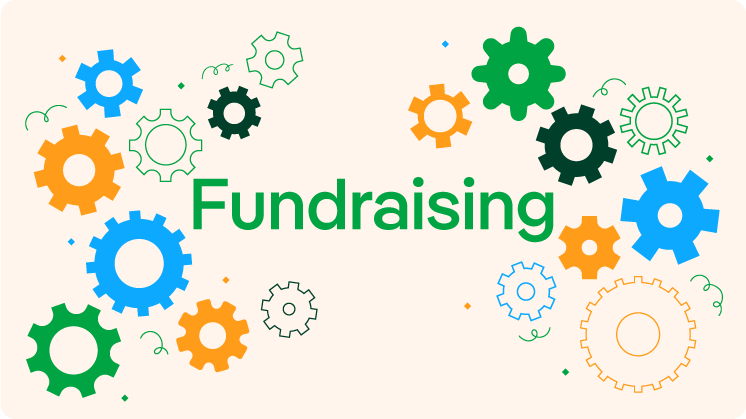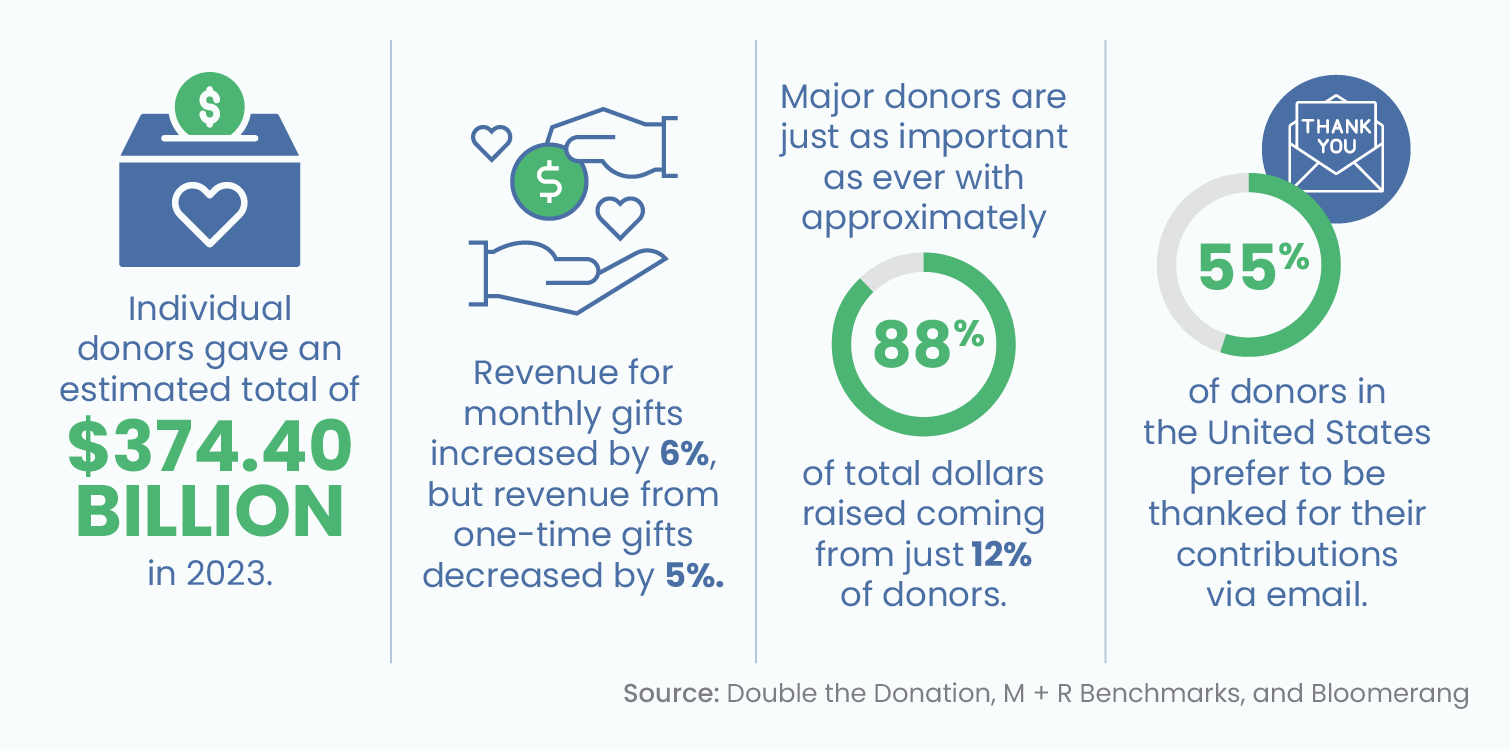The Function of Neighborhood Engagement in Nonprofit Fundraising: Building Lasting Relationships for Lasting Support
Community involvement is increasingly acknowledged as a crucial part of effective not-for-profit fundraising. By cultivating authentic relationships with regional stakeholders, organizations can cultivate depend on and commitment, which are necessary for sustainable assistance. However, the methods and approaches utilized to engage neighborhoods vary widely, raising essential inquiries regarding effectiveness and impact. What are the ideal techniques for cultivating these vital connections, and how can nonprofits gauge their success in this arena? Recognizing these characteristics can dramatically affect the future of fundraising efforts and the total objective of not-for-profit companies.
Comprehending Area Engagement
Community involvement is an essential element of effective not-for-profit fundraising initiatives. It refers to the techniques and activities that organizations employ to attach with their regional neighborhoods, cultivating connections that are mutually valuable. Recognizing area interaction includes identifying its diverse nature, which consists of cooperation, outreach, and involvement. Nonprofits need to recognize key stakeholders-- such as neighborhood participants, neighborhood organizations, and various other organizations-- to create reliable engagement approaches.
Efficient area engagement is based on energetic listening and responsiveness to the requirements and passions of the area. This procedure entails getting responses, recognizing area characteristics, and guaranteeing that the organization's goal aligns with neighborhood top priorities. Involving the neighborhood can take various kinds, consisting of public meetings, volunteer possibilities, and collaboration efforts, each designed to encourage involvement and financial investment in the company's goals.
Furthermore, neighborhood engagement must be come close to as a continuous dialogue as opposed to a single initiative. By cultivating an inclusive setting where community voices are heard and valued, nonprofits can develop a strong structure for future fundraising undertakings. Ultimately, a deep understanding of neighborhood interaction empowers companies to develop genuine links that improve their general effectiveness and sustainability.
Advantages of Solid Relationships
Strong relationships created through neighborhood involvement return numerous benefits for nonprofit fundraising efforts. Most importantly, these connections foster depend on and reputation, crucial components in encouraging donors to contribute. When possible supporters see a not-for-profit proactively associated with their area, they are more probable to rely on its goal and effect.
/tastea-2019/images/fundraiseelements1-03-cb88c.png)
Additionally, these partnerships assist in effective interaction. Nonprofits can take advantage of their connections to share stories of impact, updates, and requires, making certain that advocates continue to be informed and engaged. This open line of interaction not just enhances bonds but likewise motivates word-of-mouth promotion, increasing the not-for-profit's reach.
Lastly, strong area connections can draw in brand-new partners and sponsors. Individuals and businesses are much more inclined to straighten with organizations that show meaningful community involvement, supplying additional sources and support that can considerably boost fundraising capabilities. Hence, growing robust connections through area interaction is essential to a not-for-profit's lasting fundraising success.
Techniques for Reliable Involvement
Exactly how can nonprofits successfully engage their communities to improve fundraising efforts? Creating targeted approaches is essential for cultivating purposeful links. Initially, leveraging social networks platforms allows organizations to share their mission dynamically and interactively, reaching a wider audience. Routine updates, involving material, and calls-to-action can galvanize community interest and participation.
Second, organizing area events, such as workshops, volunteer opportunities, or fundraising drives, facilitates in person communication, enabling nonprofits to showcase their impact and initiatives. These events not only elevate funds however additionally cultivate connections and allow neighborhood participants to engage straight with the cause.
Third, carrying out tailored interaction methods can improve interaction. Customizing messages to particular benefactor sections based upon passions and previous contributions fosters a feeling of belonging and financial investment in the company's goal.
Last but not least, producing collaborations with neighborhood companies and neighborhood leaders can intensify outreach efforts. Joint efforts can improve presence and credibility, showing a cumulative commitment to the click this area's well-being. By incorporating these methods, nonprofits can build lasting partnerships that enhance fundraising efforts and drive lasting support.
Determining Involvement Success
While engaging the area is critical for successful nonprofit fundraising, measuring the performance of these engagement initiatives is equally essential. Developing clear metrics More about the author allows organizations to examine just how well they are connecting with their target market and attaining their fundraising objectives. Trick efficiency indications (KPIs) such as contributor retention rates, volunteer involvement degrees, and engagement on social networks platforms offer concrete information for analysis.

Frequently analyzing these metrics makes it possible for companies to pivot their methods when needed, ensuring that area interaction stays aligned with their overall objective. In addition, sharing these results with stakeholders fosters transparency and builds trust, encouraging additional neighborhood participation. Eventually, a durable measurement structure not only educates future fundraising efforts but also strengthens the connection between the nonprofit and its advocates, preparing for lasting success.
Instance Researches in Neighborhood Influence
Numerous study show the profound effect that community interaction can have on not-for-profit fundraising success. One significant instance is the "Food for Thought" effort, where a local food bank partnered with businesses and schools to host area suppers. These events not only elevated funds but additionally promoted a sense of belonging among individuals, dramatically boosting benefactor retention rates.
An additional compelling instance is the "Green Spaces Job," which entailed neighborhood homeowners in the revitalization of urban parks. This initiative not only gathered monetary assistance from local services however likewise grew a volunteer base that added to ongoing maintenance and programs. The sense of ownership and pride amongst community participants equated visit site right into continual payments.
In the world of arts, the "Art for All" project efficiently involved regional artists and patrons to produce collaborative art installments, resulting in raised visibility and contributions for a local arts not-for-profit.
These examples highlight that when nonprofits focus on neighborhood participation, they can produce long-term partnerships that boost fundraising initiatives, making certain sustainable support and fostering a vivid area society. Such cases demonstrate that area involvement is not simply a technique however a vital column of nonprofit success.
Conclusion
In verdict, neighborhood interaction is essential to the success of not-for-profit fundraising initiatives. By fostering strong connections with neighborhood stakeholders, companies improve depend on and integrity, resulting in enhanced benefactor retention and commitment. Implementing reliable interaction approaches and determining their impact makes sure that nonprofits can adapt and thrive. Ultimately, a durable foundation of neighborhood support not only enhances fundraising possible however additionally grows a society of partnership, important for achieving long-lasting business objectives and sustaining meaningful effect.
Nonprofits need to recognize crucial stakeholders-- such as community members, neighborhood organizations, and other companies-- to create efficient engagement methods.

In final thought, area involvement is important to the success of nonprofit fundraising efforts.
Comments on “Online Fundraising: Effective Digital Campaigns for Nonprofit Success”